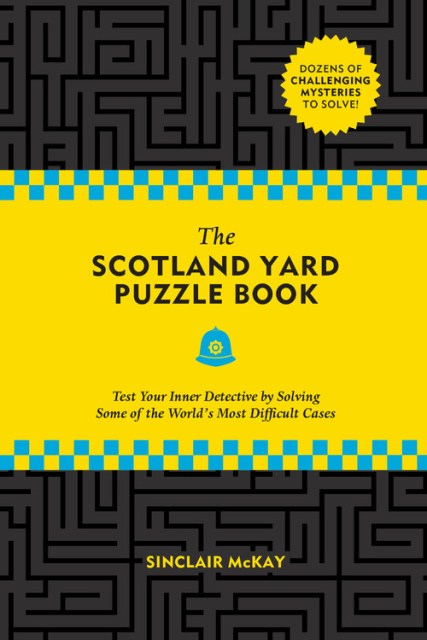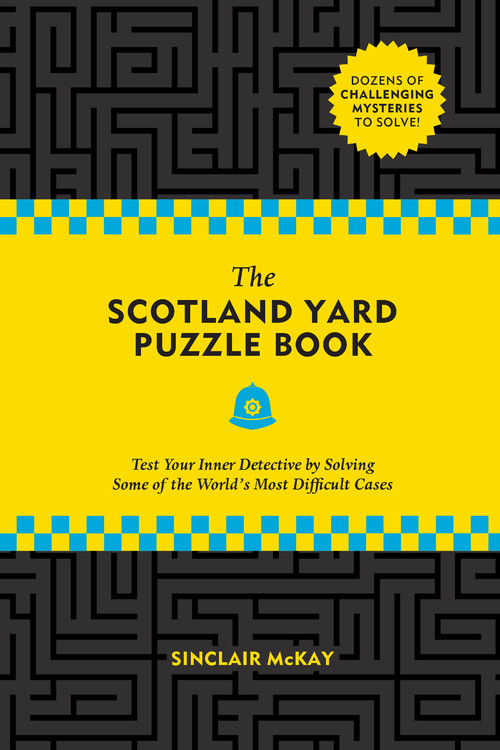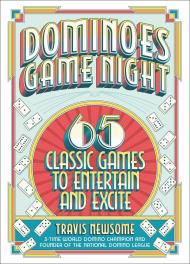Promotion
Use code MOM24 for 20% off site wide + free shipping over $45
The Scotland Yard Puzzle Book
Test Your Inner Detective by Solving Some of the World's Most Difficult Cases
Contributors
Formats and Prices
Price
$18.99Price
$24.99 CADFormat
Format:
- Trade Paperback $18.99 $24.99 CAD
- ebook $11.99 $15.99 CAD
This item is a preorder. Your payment method will be charged immediately, and the product is expected to ship on or around May 5, 2020. This date is subject to change due to shipping delays beyond our control.
Also available from:
Pit your wits against the brilliant minds of Scotland Yard and see if you have what it takes to solve dozens of the world’s toughest crimes.
“Scotland Yard” conjures up so much more than just London’s Metropolitan Police. Since it opened its doors in 1829, Scotland Yard has been synonymous the world over with the highest level of detective work and famous for its ability to solve the most macabre of murders and catch the most audacious of thieves.
The Scotland Yard Puzzle Book mines the history of this famous institution to recreate some of the most complex conundrums its detectives have ever faced. Armchair detectives can now try their hand and keen powers of observation and deduction to solve for themselves dozens of the most difficult and challenging cases.
Activities include:
- Anagrams and cryptograms
- Logic, linguistic, and mathematical puzzles
- Map puzzles
- Coded and visual puzzles
- Brainteasers
- Hidden messages
- And more (answers are provided in the back of the book)!
Genre:
- On Sale
- May 5, 2020
- Page Count
- 272 pages
- Publisher
- Black Dog & Leventhal
- ISBN-13
- 9780762498246
Newsletter Signup
By clicking ‘Sign Up,’ I acknowledge that I have read and agree to Hachette Book Group’s Privacy Policy and Terms of Use







